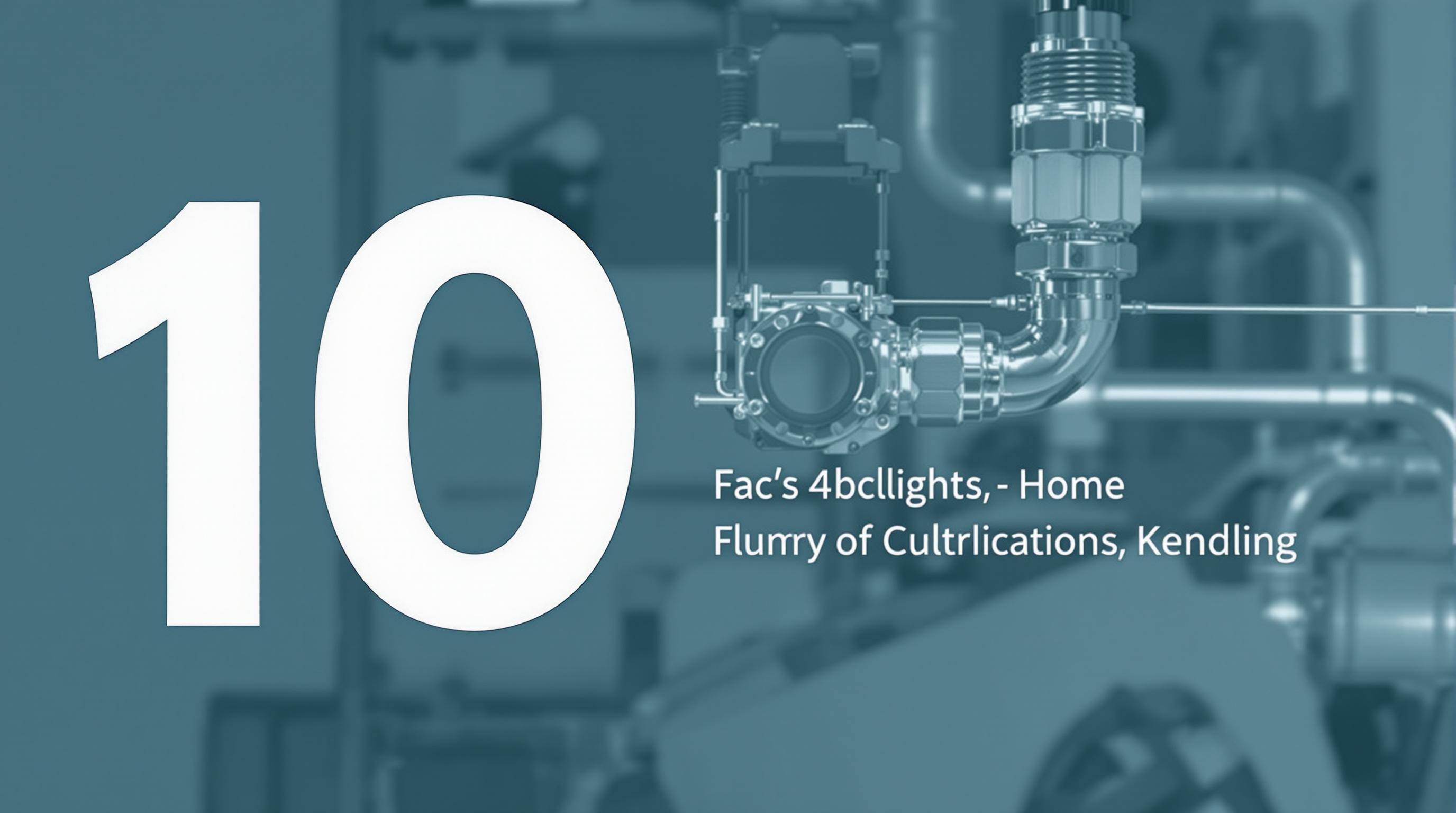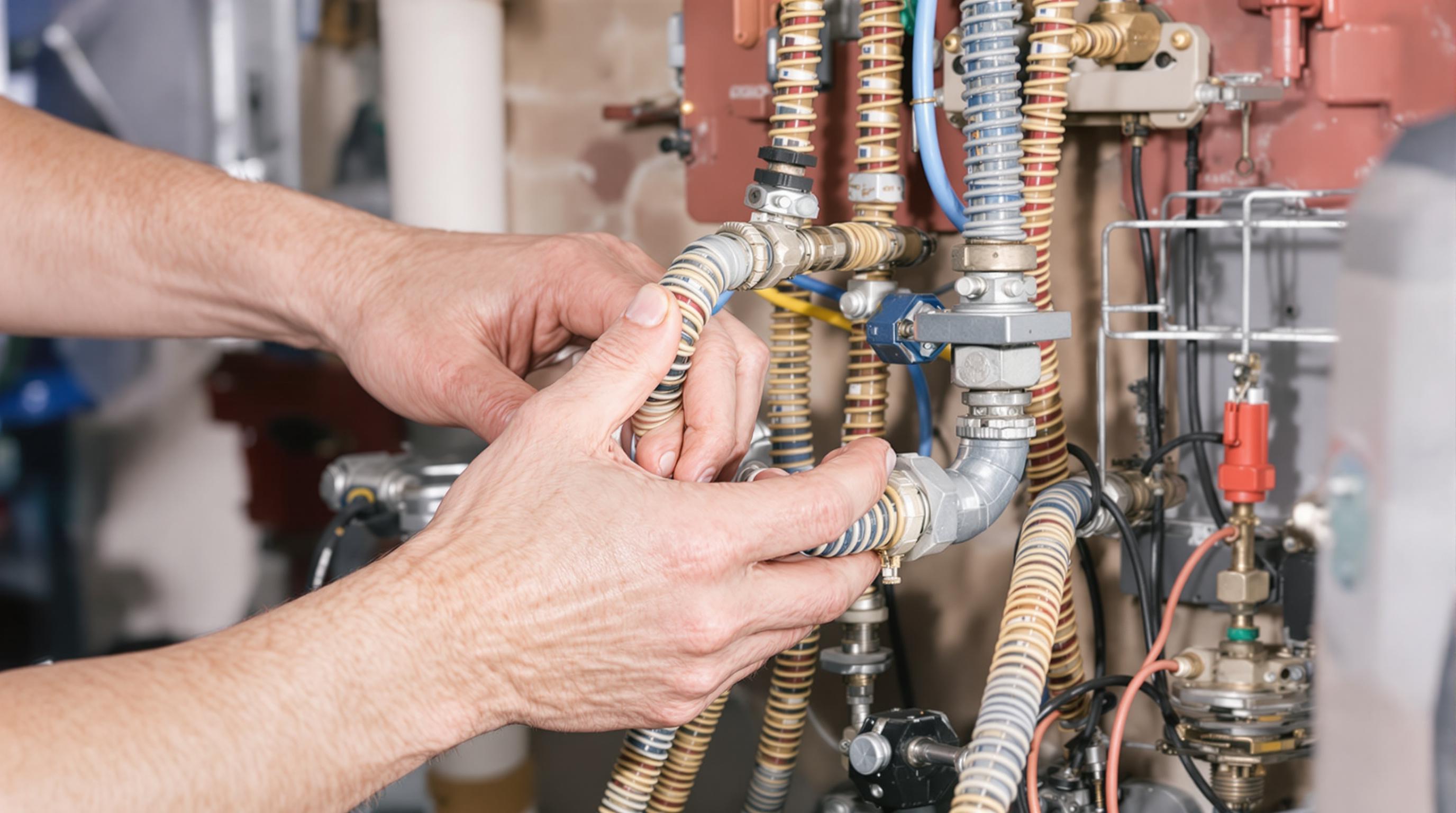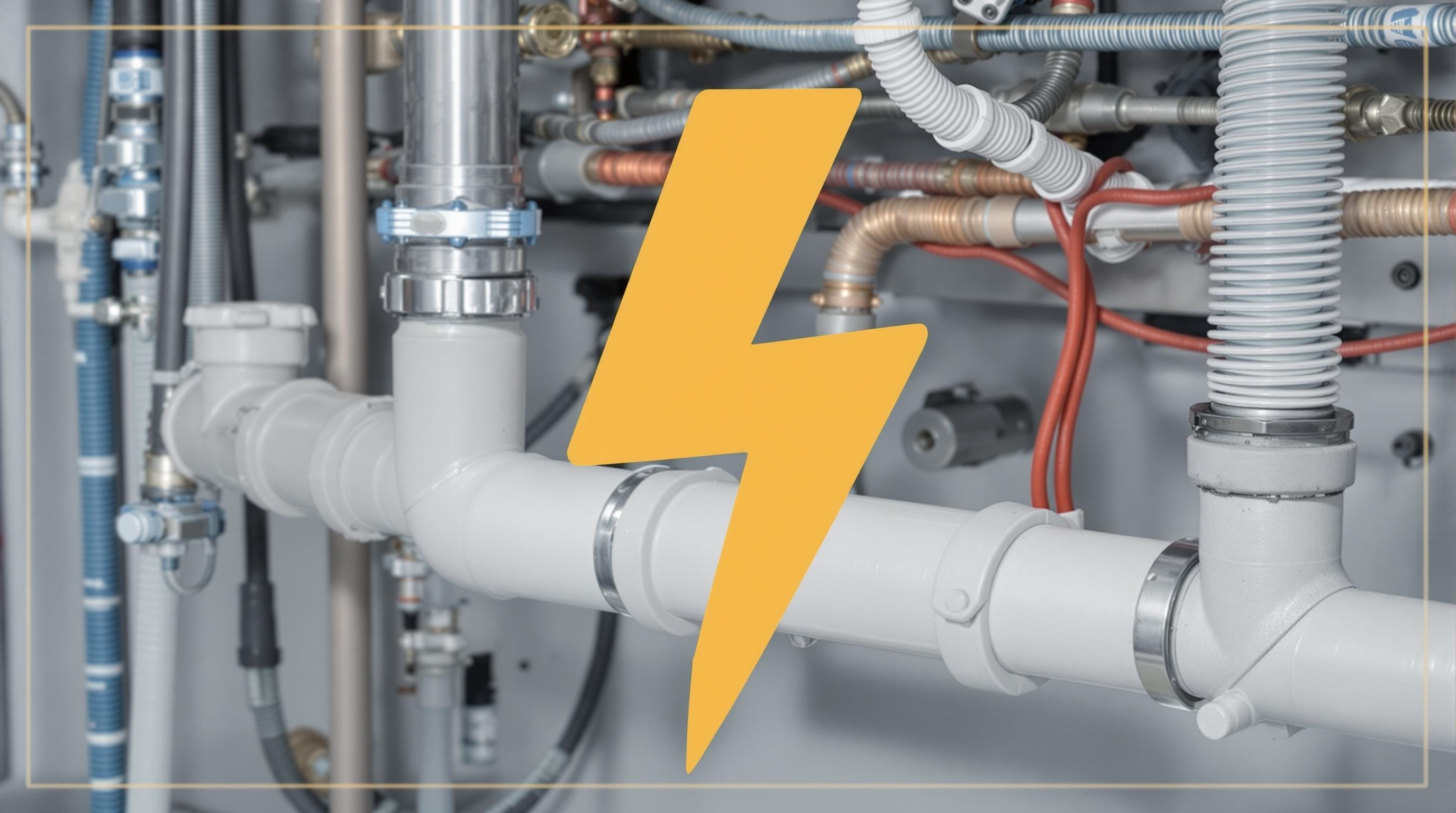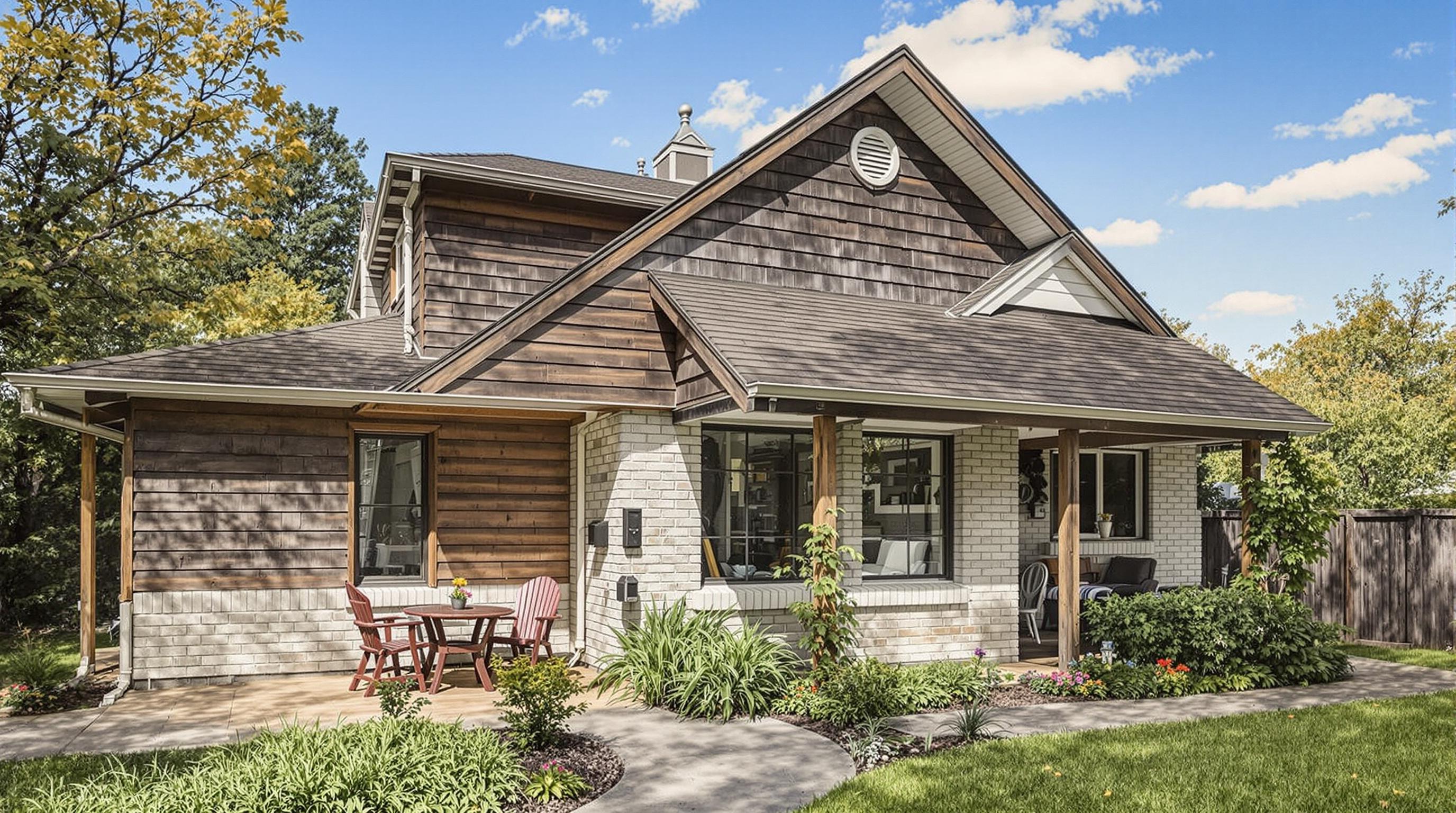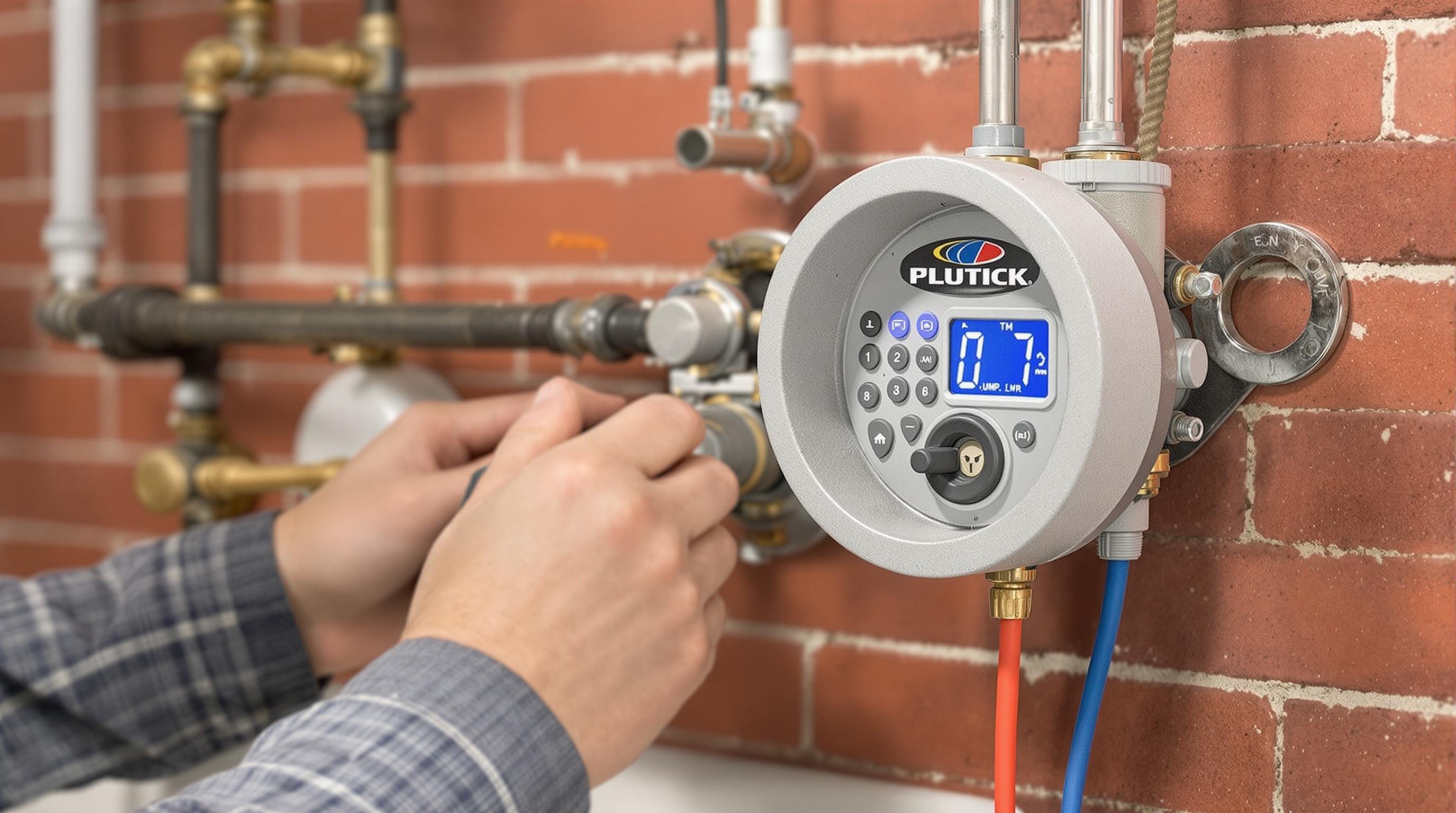Related Articles
- The Hidden Influence of Ergonomics: How Tool Design Shapes Our Physical Spaces and Daily Lives
- The Silent Influence: How Hidden Home Implements Shape Our Daily Routines and Spaces
- The Counterintuitive Role of Chaos: How Messy Tool Storage Can Lead to Unexpected Home Innovations
- Exploring the Unseen: How Audio Experiences Shape the Art of Domestic Spaces and Color Perception
- Rethinking the Mundane: How Everyday Objects are Becoming the Canvas for Modern Artistic Expression in Home Spaces
- Cultivating Chaos: The Surprising Benefits of Embracing Weeds in Your Garden Ecosystem
10 Essential Insights on How Plumbing and Electrical Systems Can Influence Your Home’s Energy Efficiency and Sustainability
10 Essential Insights on How Plumbing and Electrical Systems Can Influence Your Home’s Energy Efficiency and Sustainability
10 Essential Insights on How Plumbing and Electrical Systems Can Influence Your Home’s Energy Efficiency and Sustainability
1. Understanding Energy Efficiency
Energy efficiency refers to using less energy to perform the same task, ultimately reducing overall energy consumption and greenhouse gas emissions. For homeowners, it also translates to lower utility bills. Both plumbing and electrical systems play a crucial role in achieving these efficiency goals.
Implementing energy-efficient appliances and fixtures can drastically minimize energy waste. For instance, Energy Star-rated devices and low-flow plumbing fixtures ensure that homeowners utilize energy in the most efficient way possible.
Essentially, efficient systems enhance the home’s operational performance while contributing to environmental sustainability. Adopting these practices helps pave the way toward a more sustainable future.
2. The Role of Plumbing in Energy Conservation
Plumbing systems significantly influence how energy is used in a home, particularly concerning hot water delivery. Traditional hot water heaters often consume more energy than necessary; thus, considering alternatives such as tankless or on-demand water heaters can be beneficial.
Additionally, the installation of efficient faucets and showerheads can reduce water consumption without sacrificing pressure. Low-flow fixtures can lead to substantial savings on water heating costs, directly impacting overall energy consumption.
Regular maintenance of plumbing systems can identify leaks, which are often a silent drain on both water and energy resources. Addressing leaks promptly ensures that systems function optimally, preserving both water and energy.
3. The Importance of Insulation and Sealing
Proper insulation and sealing are critical components for both plumbing and electrical systems to enhance energy efficiency. Insulating pipes can prevent heat loss in hot water systems, ensuring that less energy is required to maintain desired temperatures.
Moreover, electrical conduits and boxes should also be insulated to mitigate energy loss. By sealing gaps around these areas, homeowners can further reduce heating and cooling costs, promoting an energy-efficient home.
The investment in insulation pays off in the long run, as it not only impacts energy bills positively but also contributes to a more comfortable living environment by maintaining stable temperatures.
4. Energy-Efficient Appliances
Choosing energy-efficient appliances is paramount for improving the overall energy profile of a home. Whether it be water heaters, washing machines, or refrigerators, opting for models that meet or exceed energy efficiency standards is necessary for sustainability.
Energy Star certifications can guide homeowners in selecting appliances that consume less electricity and water, promoting both cost savings and environmental stewardship.
Integrating these energy-efficient appliances with existing plumbing and electrical systems can further enhance performance and reduce energy wastage, proving that strategic investment in home systems pays dividends.
5. Solar Water Heating Systems
Solar water heating systems represent a sustainable method of heating water using renewable sunlight energy. These systems can dramatically reduce reliance on traditional energy sources, translating to lower utility costs and reduced carbon footprints.
Integrating solar heating with existing plumbing allows homeowners to harness natural energy efficiently, especially in sunny climates. This can also be paired with traditional systems for hybrid operation, ensuring continuous hot water supply.
Moreover, advancements in solar technology continue to improve the effectiveness and affordability of these systems, making them a viable option for energy-conscious homeowners.
6. Smart Home Technologies
Smart home technologies offer significant opportunities for enhancing energy efficiency. Thermostats that can be programmed and controlled remotely optimize heating and cooling based on occupancy, reducing unnecessary energy use.
Additionally, smart plumbing systems, such as leak detectors and water monitors, can help homeowners manage consumption and detect issues before they escalate. These proactive measures ensure that both plumbing and electrical systems work efficiently.
Investing in these technologies provides real-time feedback on energy consumption, leading to more educated choices about usage patterns and habits.
7. Efficient Lighting Solutions
Upgrading to energy-efficient lighting solutions, such as LED bulbs, can lead to significant reductions in energy use. LEDs consume up to 80% less energy than traditional incandescent bulbs, making them an excellent option for minimizing electrical consumption.
Moreover, implementing lighting control systems, such as dimmers and timers, further enhances energy savings. These tools ensure that lights are only used when necessary, aligning with sustainable practices.
By making simple changes to lighting systems, homeowners can greatly enhance energy efficiency while also benefiting from brighter, more controllable lighting options.
8. Sustainable Landscaping Practices
While often overlooked, landscaping plays a role in energy efficiency. Strategic placement of trees and shrubs can provide natural shading for homes, reducing heat absorption and lowering cooling costs during warmer months.
Additionally, utilizing permeable surfaces in landscaping can reduce runoff and indirectly influence water usage for irrigation. Efficient irrigation systems, such as drip irrigation, can minimize water waste, which indirectly affects energy consumption since water treatment requires energy.
By integrating sustainable landscaping with existing plumbing and electrical frameworks, homeowners can create a holistic approach to energy efficiency.
9. The Impact of Retrofits and Upgrades
Retrofitting older plumbing and electrical systems can yield substantial energy savings. Replacing outdated systems with modern alternatives not only enhances efficiency but also often includes updated safety features.
Common retrofitting solutions include improving insulation on pipes, installing smart meters for better energy tracking, and using high-efficiency appliances. These upgrades can result in significant long-term cost savings and contribute to sustainability efforts.
Moreover, many areas encourage retrofitting through incentives and rebates, making it an even more attractive option for environmentally conscious homeowners.
10. Regular Maintenance and Inspections
Regular maintenance and inspections are critical to keeping plumbing and electrical systems efficient. Schedule routine check-ups with professionals to ensure that systems operate correctly and efficiently, addressing potential issues before they escalate.
Cleaning fixtures, checking for leaks in plumbing, and ensuring electrical connections are secure can enhance system performance. A well-maintained system uses less energy and requires fewer resources.
Ultimately, a commitment to regular maintenance not only promotes energy efficiency but also safeguards against costly repairs in the future, supporting both sustainability and financial prudence.
